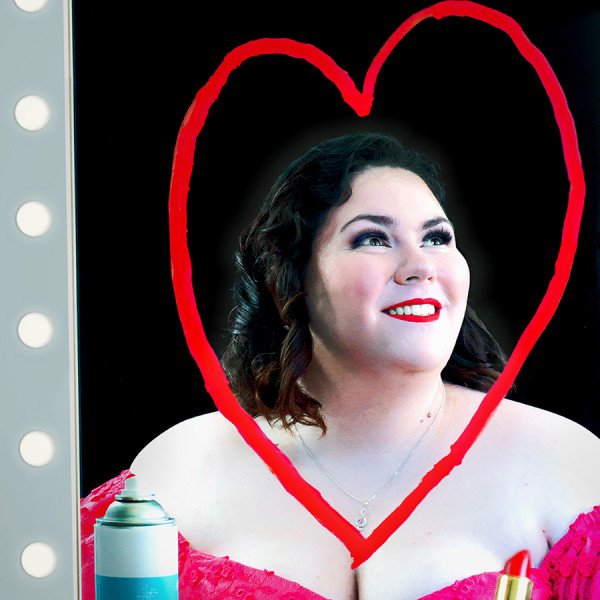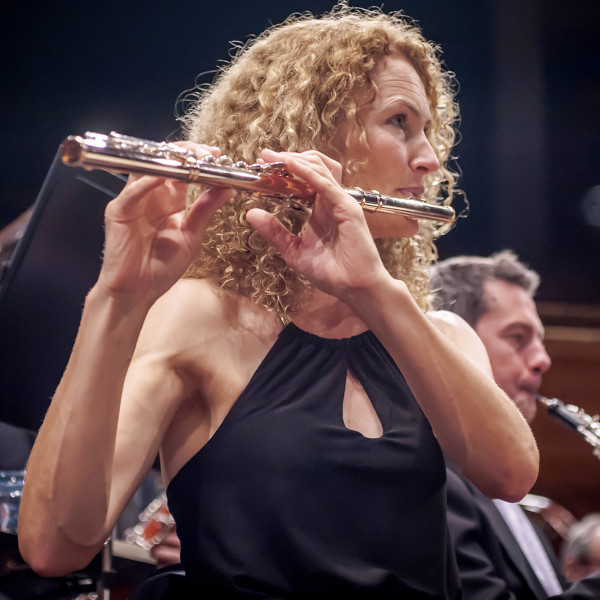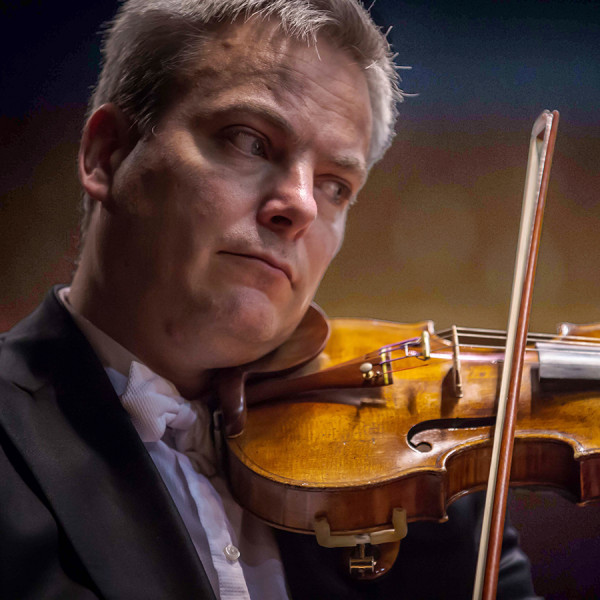
The prodigal son returns… to Ballylough. As improbable as that sounds, that is the central crux of Redemption of a Rogue, Irish playwright Philip Doherty’s directorial film debut.
Jimmy Cullen (Aaron Monaghan) returns to his hometown after seven years to say goodbye to his dying father (Hugh B. O’Brien), after which he intends to hang himself. The story begins its slow descent when Jimmy and his brother Damien (Kieran Roche) learn that their father’s will stipulates he cannot be buried in the rain. So it proceeds to rain for 40 days and 40 nights, during which Jimmy is stuck in limbo: Catholic symbolism drenching the town, superstition puddling in the corners. Meanwhile, Jimmy meets Masha (Aisling O'Mara), the self-branded town bike and his Mary Magdalene. Together they embark on a quest to save the town’s children – who have refused to eat or talk – and bring about Jimmy’s salvation.
Director Philip’s brother Joseph Doherty’s production design is soggy and miserable… in a good way. Dank and damp permeate the film, while the nightmarish dreamscape of Jimmy’s mind imbues Ballylough. Cinematographer Burschi Wojnar deserves a shoutout (for shooting entirely in the rain), and the film takes on a blues musical vibe thanks to Robbie Perry’s score. The sharp cuts of Allyn Quigley’s editing style along with the acting take Redemption of a Rogue to the next level.
A mix of absurdism, magical realism, and biblical parables sprinkled with a heaped dose of self-deprecating, deadpan, dark comedy, Redemption of a Rogue is Irish to its core. The story both local and universal. In his flashbacks, Jimmy retains his adult form, making you wonder if you are inside his deranged mind. The Virgin Mary (Lorna Quinn) bums a smoke rather than offering salvation. In a moment of clarity, Jimmy scientifically explains the 10 plagues of Egypt, blaming the rain on the plastic factory rather than his uninterred father.
I will always praise magical realism for its ability to critique the plagues of our reality by rendering the rest of the world absurd through a simple shift in perspective. And for this same reason, I commend Redemption of a Rogue.











